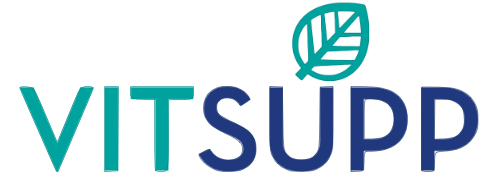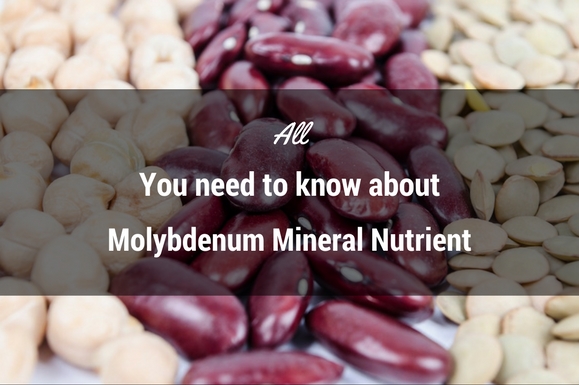Molybdenum is a trace mineral and stored in liver, kidney, glands, lungs, spleen, skin, muscles and bone. Total-body molybdenum (Mo) content is only about 7 mg. About 90% of the molybdenum eaten in foods is eliminated by the body through the urine therefore it is important to consumer necessary requirement through diet.
Contents
- Physiological Function of Mineral Nutrient Molybdenum
- Causes of Deficiency of Mineral Nutrient Molybdenum
- Health concerns due to Molybdenum deficiency
- Assessment of Molybdenum Mineral Status
- Supplementation of Molybdenum
- Best or most Bio-Available or Active form of Molybdenum Supplement
- Dietary Source of Dietary Molybdenum
Physiological Function of Mineral Nutrient Molybdenum
As a trace mineral molybdenum plays a number of roles in the body.Molybdenum
- Reduces sulfite sensitivity and thereby helps in asthma, edema, shortness of breath, dermatitis
- Supports kidney function
- Supports development of nervous system
- Supports activation of food processing enzymes
- Counters Copper and can be used successfully to increase excretion through urine in people with Copper toxicity. It is effective in treatment of Wilson’s disease.
- Reduces the side effects of certain cancer drugs on the lungs and heart.
- Promotes normal cell function
Causes of Deficiency of Mineral Nutrient Molybdenum
Molybdenum deficiency is caused due to low intake of food containing the mineral and malabsorption.
Health concerns due to Molybdenum deficiency
Molybdenum deficiency may result into the following health concerns:
- Sulfur Metabolism irregularities
- Mental disturbance
- Coma
Assessment of Molybdenum Mineral Status
To assess the sufficiency of Molybdenum mineral status direct markets are not very useful and it is found in very small qty. Therefore functional biomarkers that represent Molybdenum deficiency are:
- Decreased urinary levels of sulfate
- Elevated sulfite, hypoxanthine and xanthine in uric acid
Direct Markers: Hair
Biomarkers: Elevated Xanthine, Uric acid ratio, Urinary Sulfate
Supplementation of Molybdenum
Children 2-12 years: 20-200mcg
Adult male: 50-400mcg
Adult female: 50-400mcg
Best or most Bio-Available or Active form of Molybdenum Supplement
Supplemental molybdenum is available chelated to metabolic acids such as picolinate and citrate. Ammonium or sodium molybdate are other commonly used forms. All these forms are bioavailable.
Dietary Source of Dietary Molybdenum
Dietary Molybdenum can be obtained from Beans, nuts, grains, green leafy vegetables, milk, cheese, cereal grains, legumes, and organ meats. The amount in plant-derived foods depends on the soil content in the growing area. Molybdenum is also present in water in varying amounts.


